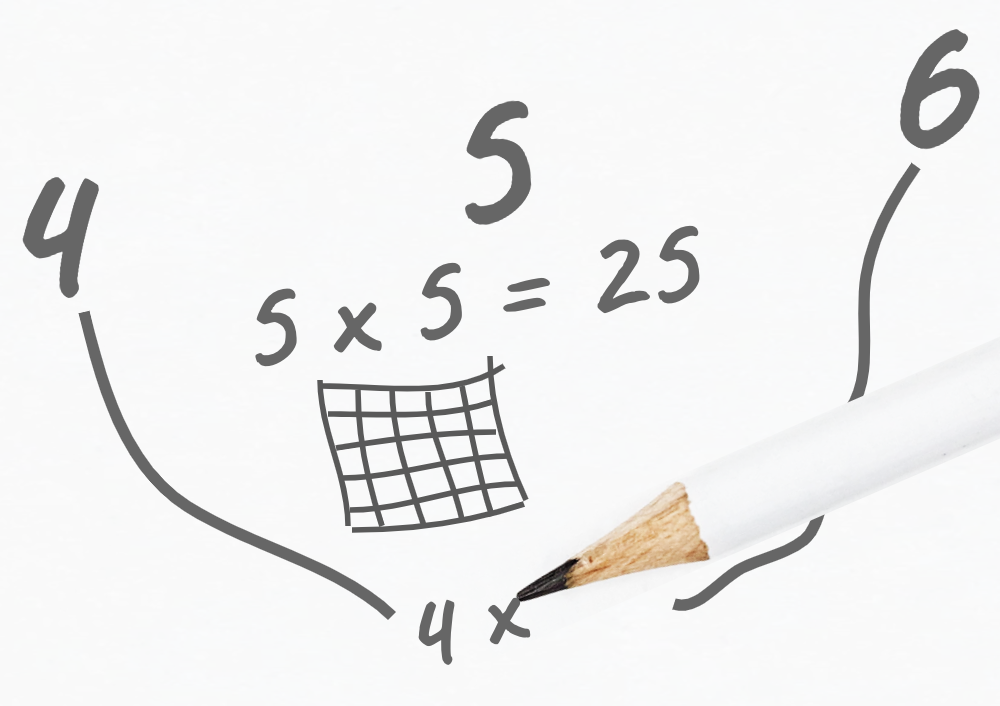 Explorations and Games
Explorations and Games
Learning Goals:
- Build a deeper understanding of the multiplication operation
- Make predictions related to patterns
- Develop and apply reasoning skills to make and test math predictions
The Exploration:
Choose three consecutive numbers to start (in a row like 4, 5, 6.)
First, multiply the largest number by the smallest number.
Next, multiply the middle number by itself.
What do you notice?
Try it with some more sets of three consecutive numbers and see what happens!
Why do you think this is happening?
See if you can make sense of this pattern using repeated addition or by drawing out your multiplication in arrays (or with Mathies Relational Rod tool.)
Questions and Prompts to Support your Child:
- Which sets of numbers have you tested so far? Does the pattern still happen if you use 3 consecutive LARGE numbers?
- Have you made sense of why this happens? Can you show me what you discovered?
Extensions & Adaptations:
- This might be our first time experiencing square numbers (or perfect squares) – a number multiplied by itself. Do some more exploring about what makes these situations interesting (i.e., will the square of an even number always be even? What about squaring odd numbers? Do you notice any patterns or similarities in the resulting answers?)
Categories: Elementary

